Biology for Lifelong Learners!
Biology is the study of living organisms and consists of various branches from animal physiology to cell and developmental biology. Here at Moosmosis, our original biology lessons are created to engage lifelong learners of all age. Created by students, for students!
Lesson 1: The Characteristics of Living Things & the Origin of Life
What makes something living? What are the characteristics of living things? All life has a common origin, but how do we know? This lesson examines various characteristics that define life and the origin of life.
Lesson 2: The Size Scales of Cell Biology
This lesson discusses the size scales relevant to cell biology, from the sizes of bacteria to eukaryotic organelles.
Lesson 3: Microscopes, IMF, and GFP:
Telling the difference between light microscopes, electron microscope, indirect immunofluorescence (IMF), and green fluorescent protein (GFP).
 Lesson 4: Cell Membrane Fluidity
Lesson 4: Cell Membrane Fluidity
The cell membrane is a mosaic and fluid structure. This lesson elucidates the difference between fluidity and flexibility of the cell membrane, and the factors that affect membrane fluidity.
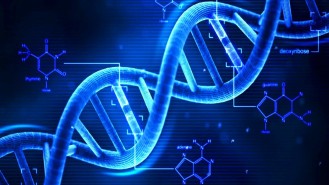
Lesson 5: Transcription and Translation
5.1 Transcription Basics: Start and Stop
In biology, the central dogma is the scientific idea that describes the process of transcription and translation. Transcription is the process of making mRNA from DNA. It is also known as RNA synthesis.
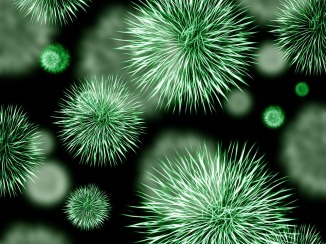
What makes transcription in bacteria unique? This lesson explains how transcription in bacteria works and the role of sigma factors during the process.
Lesson 6: Gene Mutations in Dosophila Embryogenesis
The Drosophila has a distinct segmental pattern formed by specific genes. These genes include gap, pair rule, and segment polarity genes, to name a few. We will discuss the importance of these genes and their mutations.
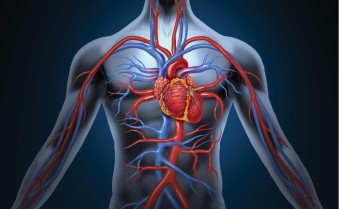
Lesson 7: Circulatory System and Blood Flow
An intricate system of vessels – we will take you on a journey from the vena cava to the aorta and to the body and back. Oxygenated and deoxygenated blood, along with the anatomy of the human fetus’s heart, will be examined.
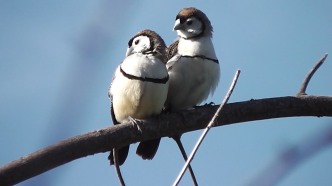
Lesson 8: Evolution
Explore the humble beginnings of the Theory of Evolution, its history, and the scientists who helped make it!
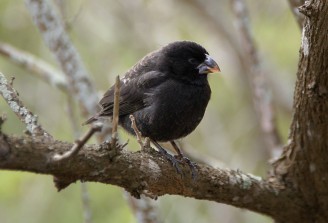
8.2 Natural Selection and Darwin’s Finches
This section examines natural selection and Darwin’s famous finches in action. Dive into the islands of Daphne Major with the famous British naturalists, the Grants.
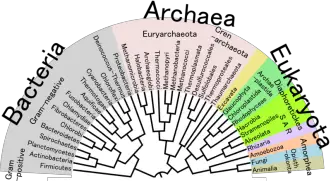
8.3 How to Interpret a Phylogenetic Tree
Phylogeny? The evolutionary tree is a diagram that often displays the vast history of lineages and ancestors that have lead to the rise of its descendants. We will explore a quick 5-step guide on interpreting phylogenetic trees and their basics.

8.4 Platypuses in Evolution and Phylogeny
Meet our duck-billed friend the platypus as we dive more into evolution and phylogeny. As mammals, are platypuses more primitive and less advanced than us humans? Common evolutionary tree interpretation mistakes such as ladder thinking will also be reviewed.
Lesson 9: Endoderm vs. Mesoderm vs. Ectoderm
Our bodies generated from three main germ cell layers, endoderm, mesoderm, and ectoderm, but what are the differences? In this lesson, we will explain the differences among the layers and easy mnemonics to help you remember them.

Lesson 10: Digestive System: Intracellular vs Extracellular Digestion
If I just ate an apple and it’s sitting in my stomach right now, is intracellular or extracellular digestion occurring? In this lesson, we will explore our digestive system’s intracellular and extracellular digestion.
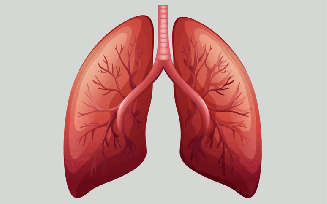
Lesson 11: Respiratory System: Seven General Functions
Breathe in. Breathe out. It feels good to breathe, and we have our respiratory system to thank for that! In this lesson, we will discuss about our respiratory system and its seven general functions from gas exchange to acid-base balance.
Moosmosis’s biology lessons reflect the content and level of Campbell Biology and Essential Cell Biology, Edition 3. Campbell and Essential Cell Biology are canonical biology textbooks, often utilized at the high school and university level.
© Moosmosis 2018: All Rights Reserved
Categories:























![Heart Block: First Degree vs Second Degree (Type I and Type 2) vs Third Degree - ECG Findings, Symptoms, Diagnosis, Treatment, and Prognosis [MCAT, USMLE, Biology, Medicine]](http://moosmosis.files.wordpress.com/2023/04/heart_block.png?w=200&h=200&crop=1)
